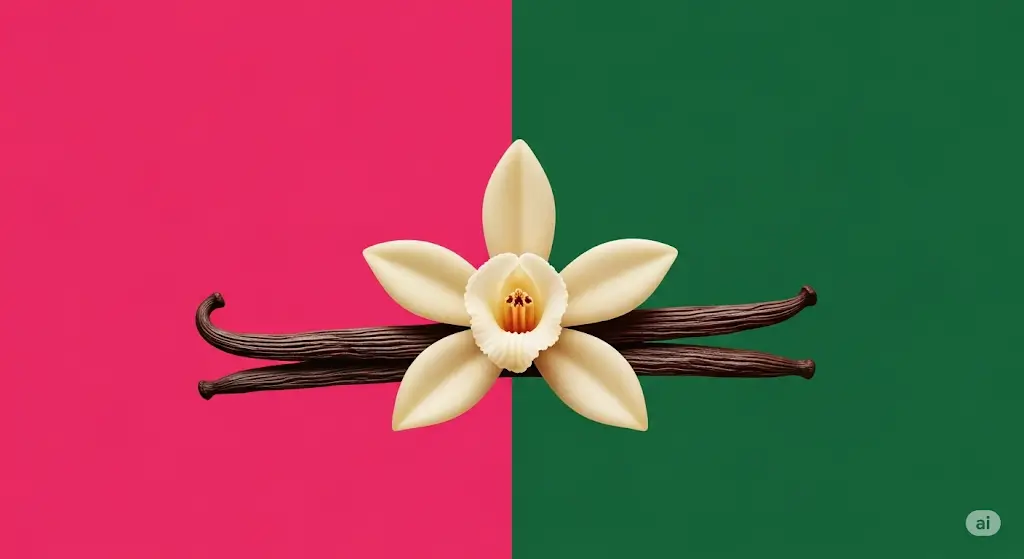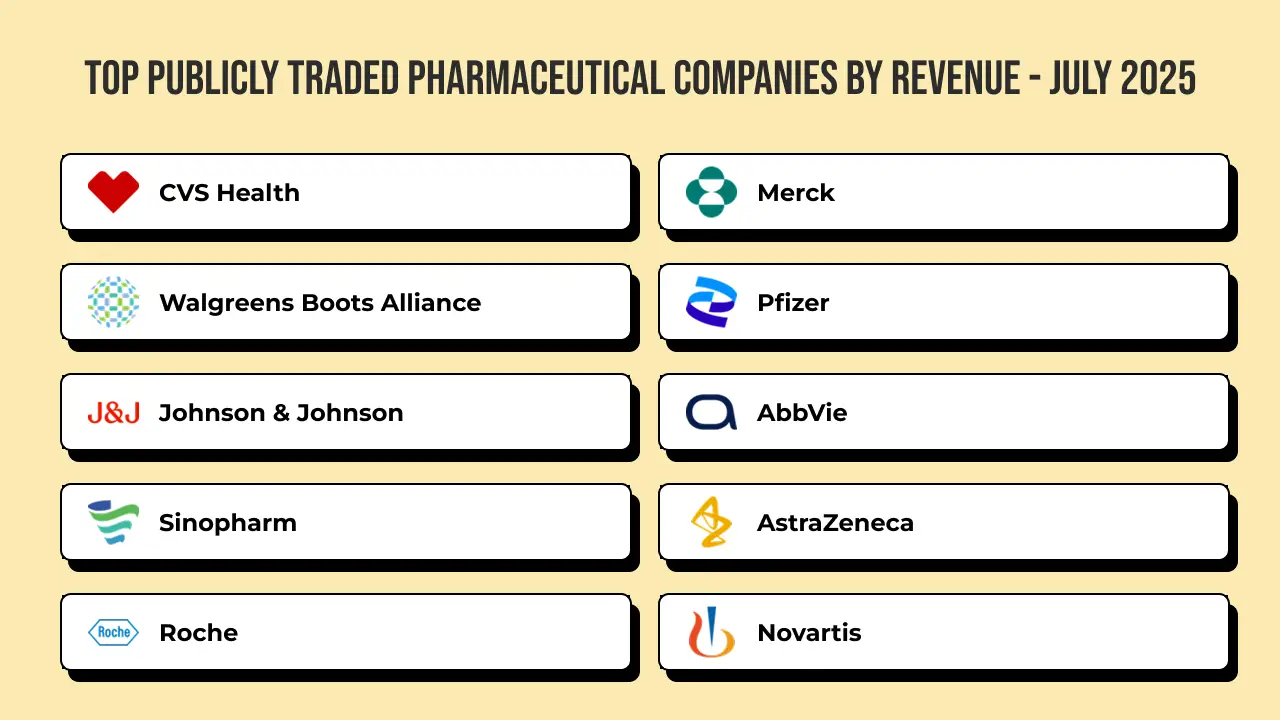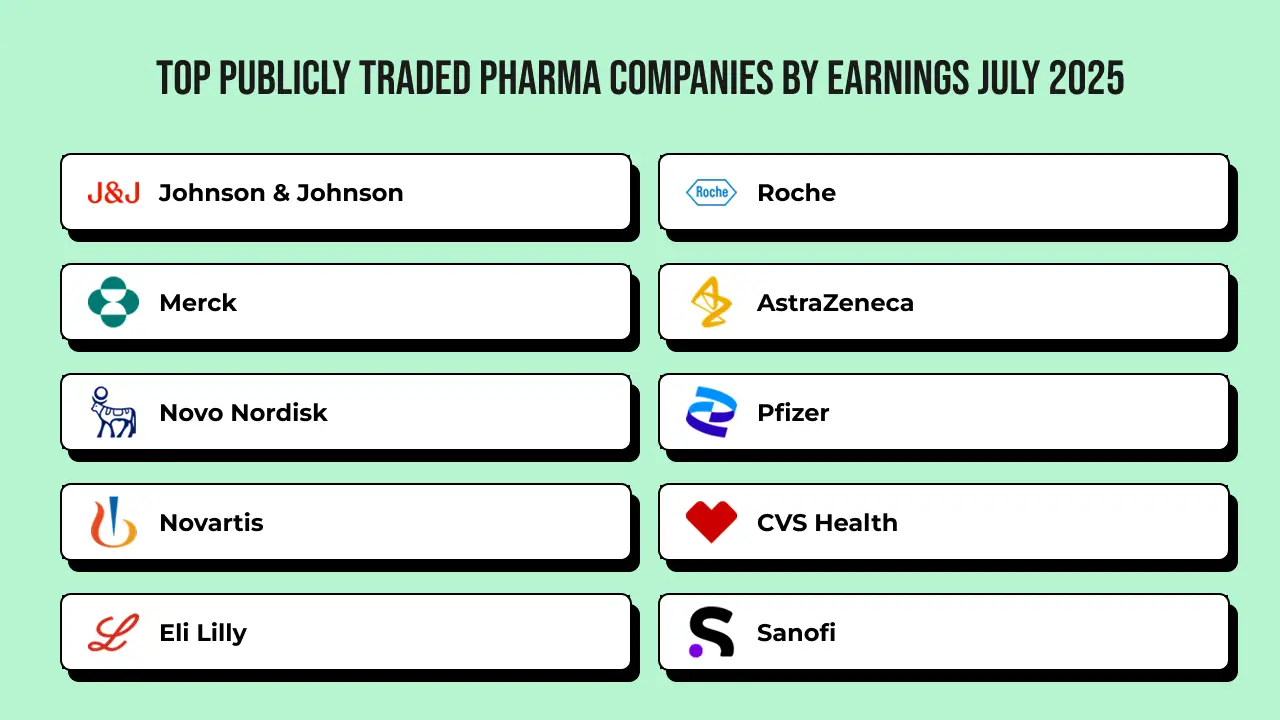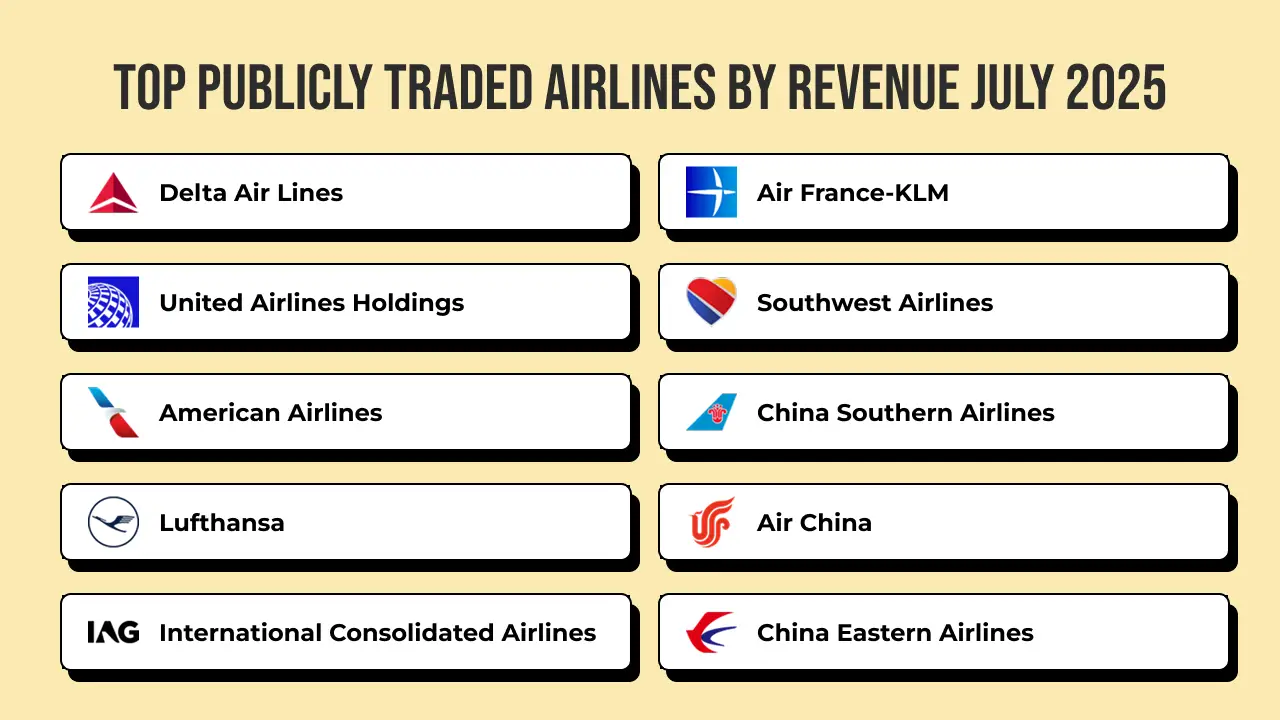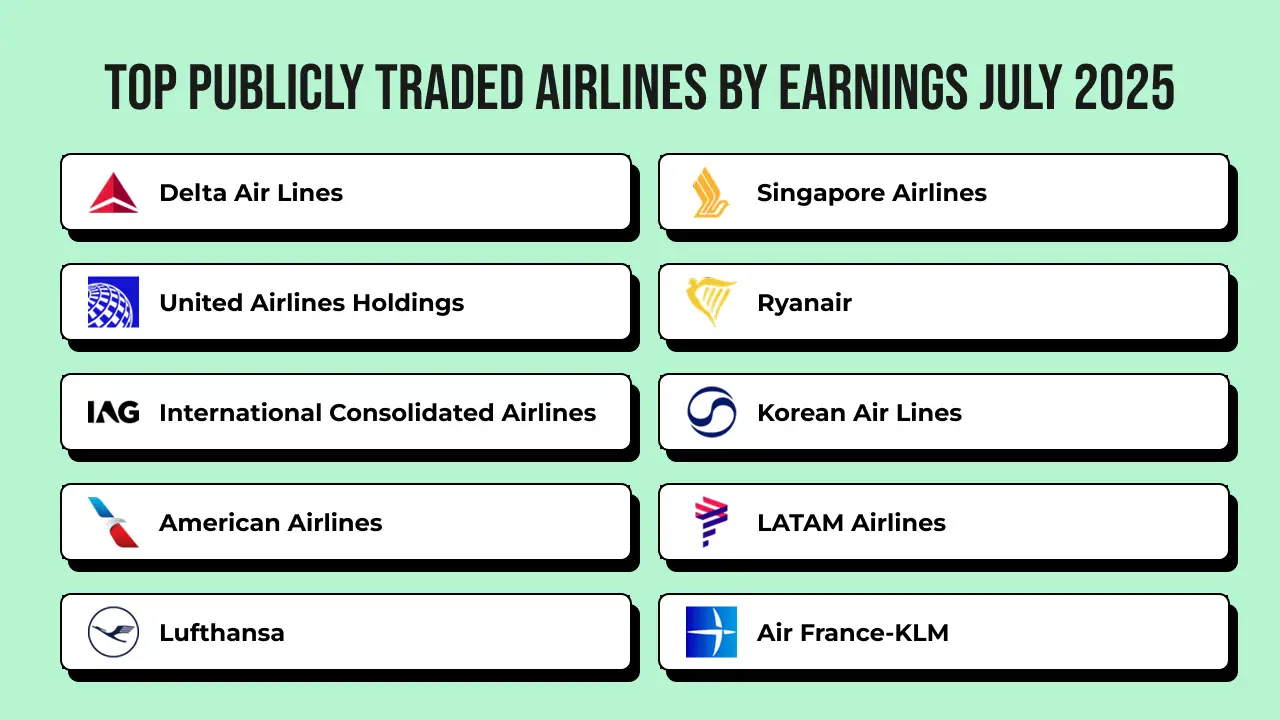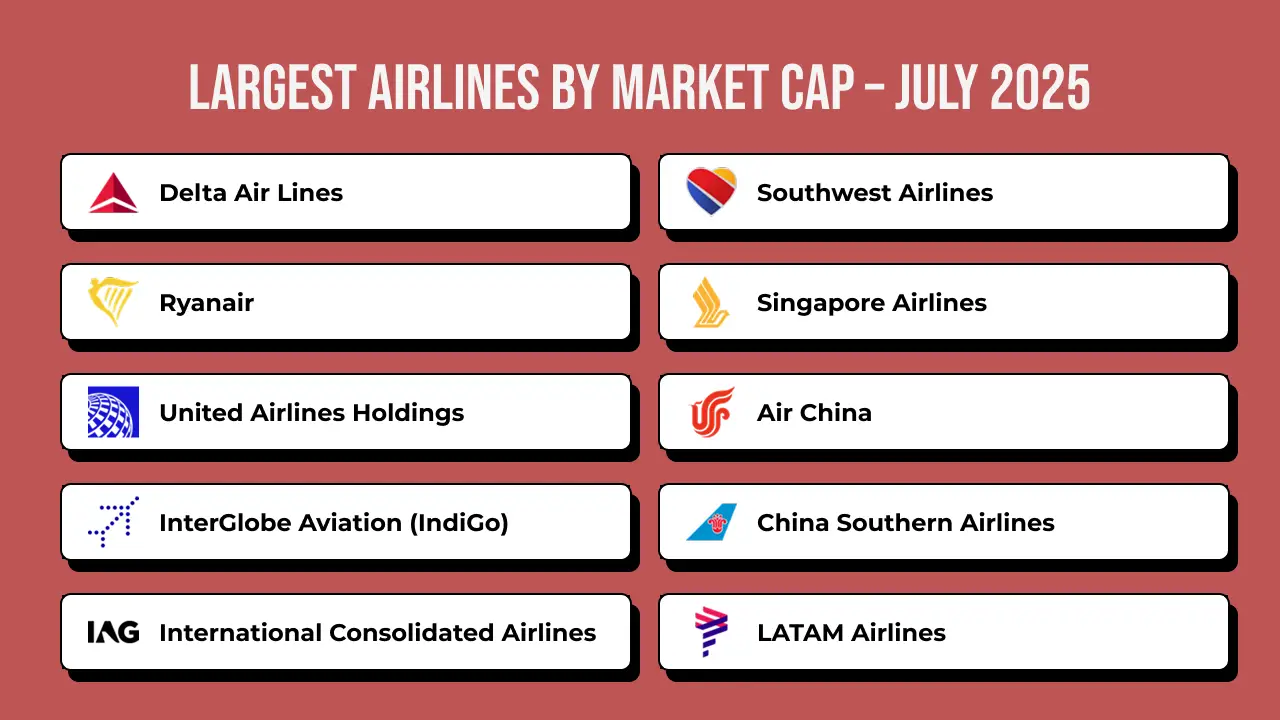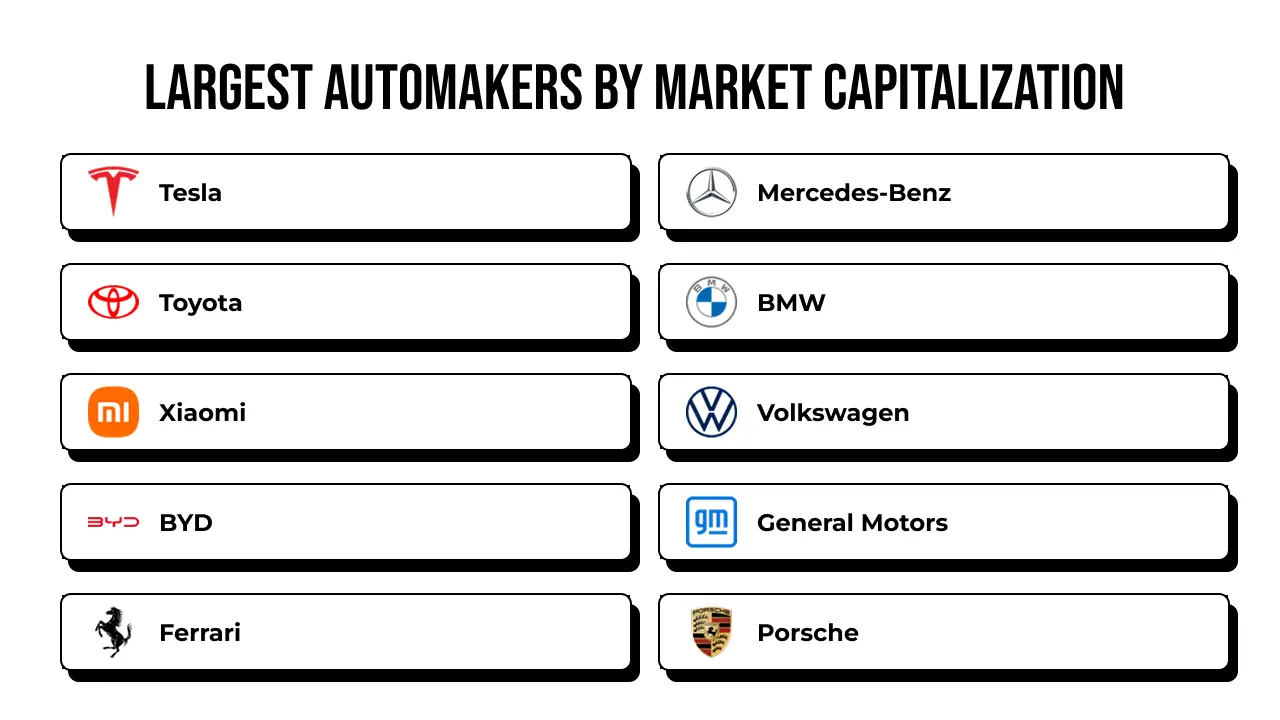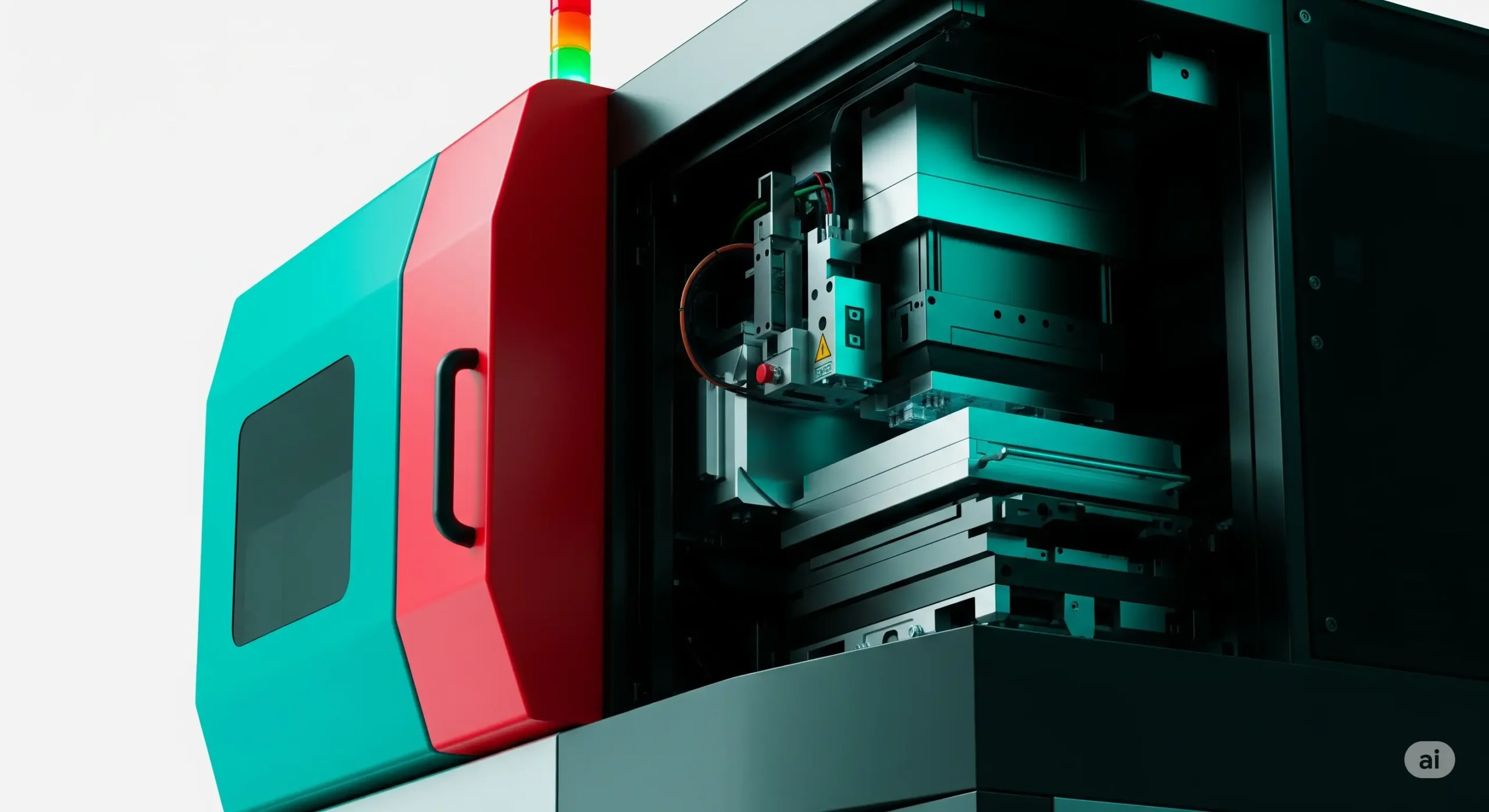I’ve been diving into the vibrant world of the vanilla market, and it’s fascinating to see its growth trajectory. In 2024, the global vanilla market was valued at approximately USD 3.61 billion, and projections suggest it will climb to USD 5.17 billion by 2030, growing at a compound annual growth rate (CAGR) of 6.2% from 2025 onward. Some sources even estimate a higher value, with figures ranging from USD 1.12 billion in 2025 to USD 5.25 billion by 2032, depending on the methodology and market segments considered. This growth is fueled by increasing consumer demand for natural and clean-label products, particularly in the food and beverage sector, where vanilla’s rich, creamy flavor is a staple. However, challenges like climate-driven supply fluctuations, especially in key producing regions, and the high cost of natural vanilla compared to synthetic alternatives can create price volatility, impacting market dynamics. Despite these hurdles, the market’s upward trend reflects vanilla’s enduring appeal across culinary, cosmetic, and pharmaceutical applications, with a growing emphasis on sustainability and ethical sourcing driving further expansion.
When exploring the market’s segments, I found that vanilla is categorized by type, form, application, and nature, with each segment revealing unique consumer preferences. By type, Madagascar vanilla dominates, holding around 70% of the market share due to its rich, creamy flavor and widespread availability in supermarkets. Other types like Tahitian, Mexican, and Indonesian vanilla follow, but Madagascar’s Bourbon variety remains unmatched. By form, liquid vanilla extract leads the market, valued for its versatility in food and non-food products, though the powder segment is growing rapidly at a CAGR of 5.7% due to its convenience in baking and shelf stability. The food and beverage sector commands the largest application share, driven by vanilla’s use in bakery, dairy, and confectionery products like ice cream and cakes, where it enhances flavors like chocolate and caramel. The personal care and cosmetics segment is also gaining traction, growing at a CAGR of 6.7%, as vanilla’s soothing and antioxidant properties become more popular. The conventional vanilla category holds a larger share than organic due to cost advantages, but organic vanilla is expected to grow faster as consumers prioritize natural ingredients.
The competitive landscape of the vanilla market is dynamic, with several key players shaping its direction. I’ve noted that companies like McCormick & Company, Nielsen-Massey Vanillas, Givaudan, Symrise, and Sensient Technologies are among the top players, leveraging their extensive portfolios and global reach to maintain strong market positions. McCormick stands out with its strategic mergers and acquisitions, enhancing its dominance in vanilla extracts and flavorings. Nielsen-Massey excels in premium, high-quality vanilla products, particularly pure extracts and pastes, appealing to gourmet and artisanal markets. Givaudan and Symrise focus on innovation, integrating advanced extraction technologies and sustainable sourcing to meet consumer demands. Other notable players include Archer Daniels Midland, Heilala Vanilla, and International Flavors & Fragrances, which are expanding their presence through product diversification and ethical sourcing initiatives. These companies navigate a highly competitive market by balancing quality, sustainability, and cost, ensuring they meet the growing demand for natural vanilla across various industries.
Looking at the global stage, I’ve seen that certain countries dominate vanilla production and consumption. Madagascar is the undisputed leader, producing over 70% of the world’s vanilla, particularly the prized Bourbon variety, thanks to its ideal tropical climate and fertile soil. Indonesia ranks second, with its deep-flavored beans popular in dark chocolates and baked goods. Mexico, the historical birthplace of vanilla cultivation, remains a significant producer, especially for North American markets. Papua New Guinea and Uganda are emerging players, with Uganda showing notable growth in production. On the consumption side, the United States leads globally, accounting for 18% of vanilla demand, driven by its robust food and beverage industry. France and Germany are major European importers, with France being the top consumer due to its strong personal care and cosmetics sectors. The Asia-Pacific region, particularly China and India, is growing rapidly, fueled by increasing demand for premium and plant-based products.
The vanilla market is buzzing with innovation, and I’m excited about the latest trends shaping its future. A standout innovation is Vanilla Vida’s computer-guided curing process, which won the Startup

